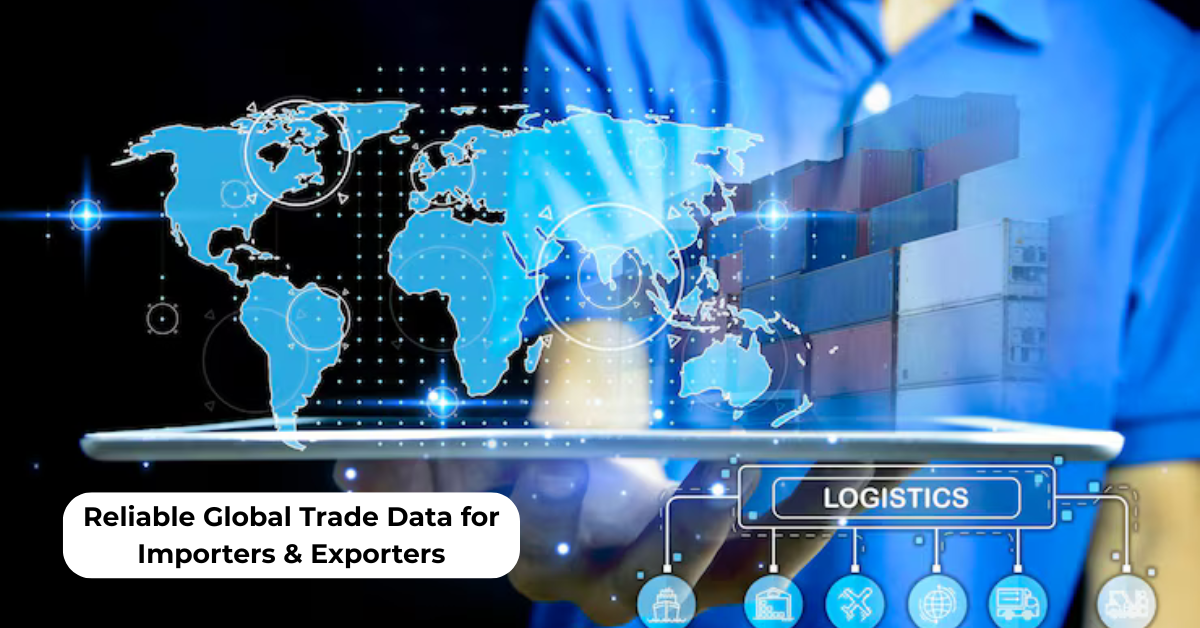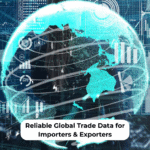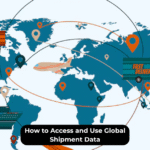Unlocking the Hidden Potential of Trade Intelligence
With today’s globalized economy, companies are no longer limited to domestic markets. Opportunities are geographically dispersed, but many companies fail to discover and capitalize on them. Imagine being able to look through a powerful lens and observe the movement of goods and services across continents, uncover competitor operations, and identify nascent markets before the competition. That lens is available—it is the International trade database free tools and platforms that offer deep insights into global business. Strategically leveraging them can fortify decision-making, minimize risk, and drive growth.
Why Trade Data is the Lifeline of Global Business
Each transaction across countries leaves a footprint. All these footprints together constitute World trade data by country, a rich pool of knowledge. For companies, knowing this data is like possessing a guide to demand patterns, supply chains, and consumer tastes globally. With access to tools like Trade Map or Itc Trade Map, organizations are able to analyze markets in detail. From understanding which items are in demand to being informed about tariff rates, these tools bring visibility to a marketplace that otherwise seems opaque.
However, many companies hold back. They either downsize the potential of import export data by country or think that it is only for big players. The reality is that even small and medium-sized businesses can leverage free import export data on the internet to make smarter decisions and stand out successfully against international competitors.
How Trade Databases Shape Smarter Decisions
Contemporary trade isn’t guesswork; it’s accuracy. Having access to databases such as UN Comtrade enables companies to crack codes of global demand and supply. In the instance that a company is looking to move into Asia, analyzing World trade statistics by country assists them in identifying which countries import the highest amounts of their product category. The data does not end there. Utilizing insight from Trade Map, companies can see who else is already serving that marketplace and compare price benchmarks.
It is equally critical to know how international trade moves with policy adjustments, tariffs, and consumer needs. When a business is aware of how to leverage UN Comtrade database successfully, it has the power of prediction. Instead of responding to market interference, companies can forecast them and embed resilience in supply chain strategies.
The Competitive Edge in Action
Take the example of an Indian mid-sized textile exporter. With the use of Itc Trade Map, the firm realized increasing demand for sustainable fabrics in Europe. Rather than investing blindly, they analyzed import export statistics by country to understand which European countries were bolstering imports of sustainable clothes. They accordingly tuned their distribution and marketing strategy. Their exports doubled in two years, not due to guesswork but due to intelligence based on data.
Tangible Benefits of Trade Databases
The advantages of utilizing tools such as UN Comtrade, Trade Map, or other online free import export data tools are not abstract—they are concrete, quantifiable, and revolutionary. international trade database
1. Market Identification and Expansion
An enterprise with World trade data by country can determine where there is growing demand for its goods and where competition is reduced. This provides a strategic launching point in new markets.
2. Competitor Benchmarking
By comparing import export data country-wise, companies can compare their performance with international players. Awareness of how the competition is positioned gives a competitive edge in pricing, product planning, and brand building. international trade database
3. Risk Mitigation
Trade wars, geopolitical events, and tariff fluctuations can destabilize supply chains. Databases such as UN Comtrade enable businesses to diversify sourcing strategies and minimize reliance on one market.
4. Supply Chain Optimization
Trade intelligence helps organizations trace supplier networks, evaluate reliability, and discover cost-effective alternatives. This ensures agility and resilience in procurement. international trade database
5. Policy and Compliance Insight
Understanding global trade rules and tariffs via Itc Trade Map supports compliance and helps firms avoid costly regulatory penalties.
6. Strategic Forecasting
When businesses learn how to use UN Comtrade database, they gain the ability to forecast trends. This forward-looking perspective enables long-term planning and investment decisions.
Transforming Data into Business Growth
The issue is not obtaining data—it is making sense of and utilizing it in the most effective manner. Though the International trade database free tools present gigantic opportunities, achievement lies in the fact that organizations incorporate this insight into their main business strategies.
Utilize Trade Map to track product-level trade flows routinely.
See free import export data online to spot shifts in demand in real-time.
Use insights from UN Comtrade to adjust pricing strategies.
Leverage import export statistics by country to develop region-specific marketing campaigns.
Train staff to learn how to utilize UN Comtrade database efficiently, ensuring all departments, from sales to logistics, reap benefits from trade intelligence.
Conclusion: From Data to Dominance
Global business is not all about ambition anymore—it’s about being smart. Firms that act on guesses risk getting left behind, while firms that adopt tools such as UN Comtrade, Trade Map, and Itc Trade Map lead the way in international trade. World trade data by country and online free import export data are the conduits of uncertainty to certainty, of stagnation to growth.
For companies willing to take advantage of global opportunities, learning trade information is not a choice—it’s a necessity. Global markets are changing, competitive, and full of potential. With the proper trade intelligence, any company of any size can map a future for growth, strength, and international impact.
FAQs: International Trade Database
Q1. What is an international trade database?
It is a centralized platform that contains global import-export data, including details of products, shipments, buyers, and suppliers across countries.
Q2. Why is an international trade database important?
It helps businesses identify global opportunities, study trade patterns, and connect with genuine overseas partners.
Q3. Who uses an international trade database?
Exporters, importers, logistics firms, trade consultants, and government bodies use it to analyze and expand international trade.
Q4. How do I access an international trade database?
You can access it through official trade portals, customs authorities, or verified trade intelligence providers.
Q5. Is the data in international trade databases updated regularly?
Yes, most reputed providers update their records daily or monthly using customs and shipping documentation.



